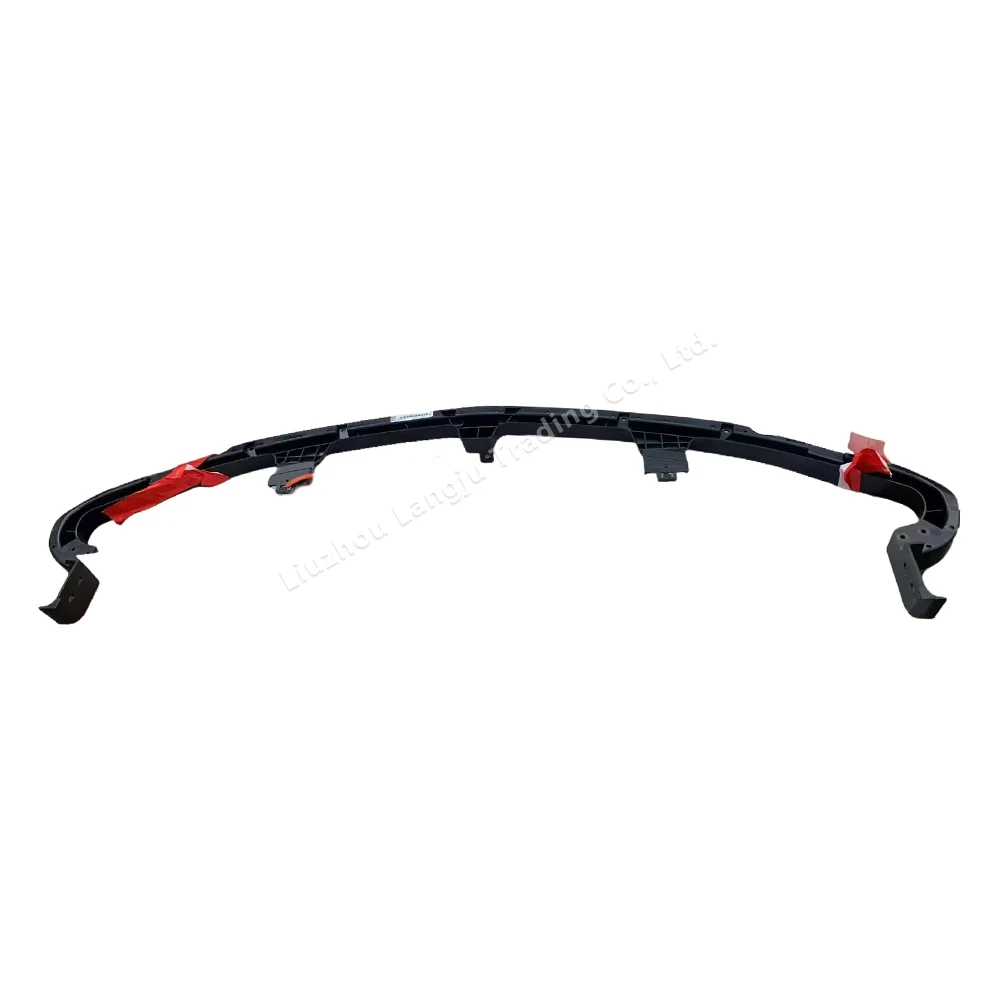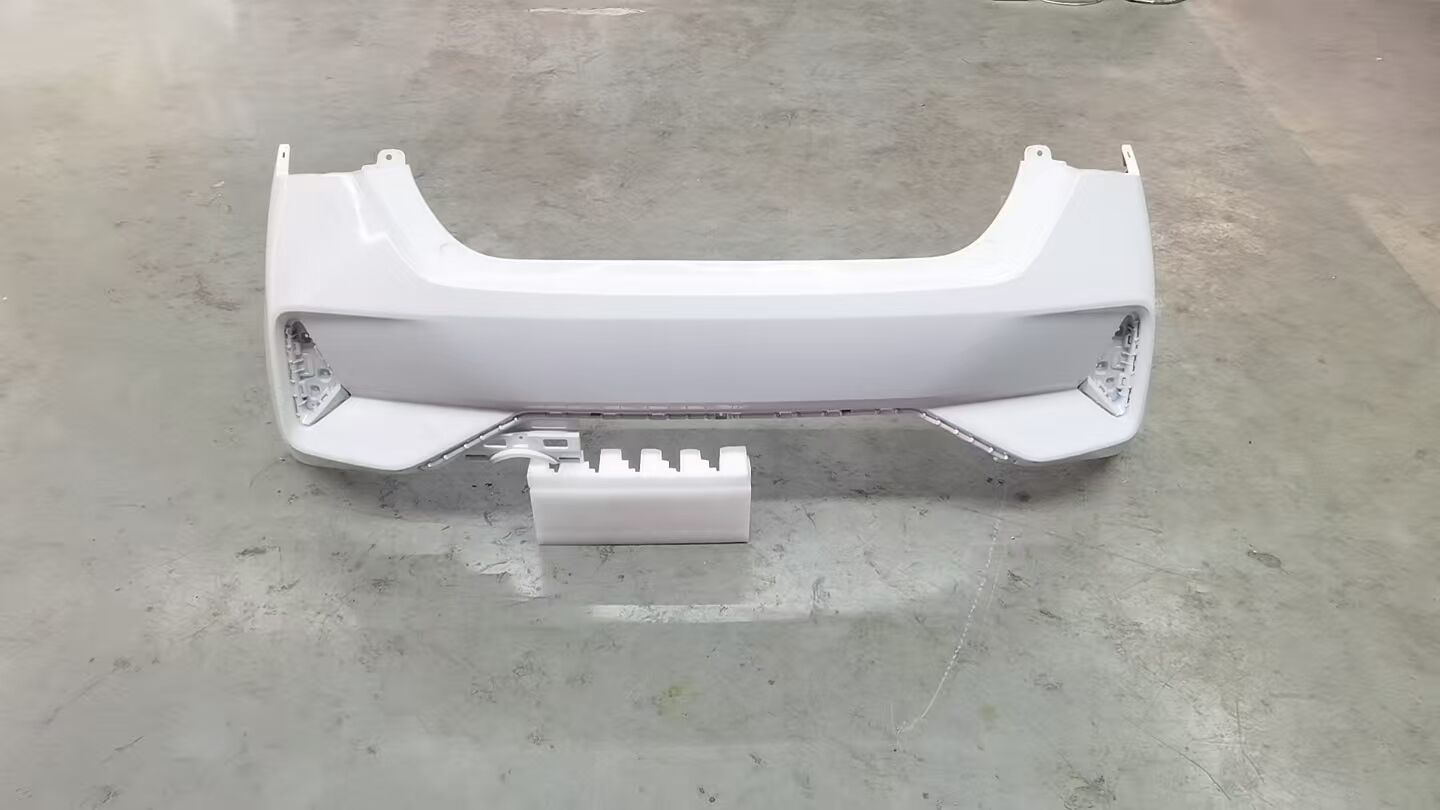Selecting the right front bumper for your vehicle is a crucial decision that impacts both safety and aesthetics. Modern front bumpers serve multiple purposes beyond basic protection, incorporating advanced materials and design elements that enhance vehicle performance and appearance. Understanding the key factors in bumper selection will help you make an informed decision for your specific needs.

Materials and Construction Quality
Steel Front Bumpers
Steel remains a popular choice for front bumper construction, offering superior strength and durability. Modern steel bumpers utilize advanced manufacturing techniques to maintain strength while reducing overall weight. The material provides excellent protection against impacts and is particularly suitable for off-road applications.
Aluminum and Composite Options
Contemporary front bumper designs increasingly incorporate lightweight materials like aluminum and composites. These materials offer significant weight reduction benefits while maintaining structural integrity. Composite bumpers provide excellent energy absorption properties and are often more cost-effective to repair or replace.
Design Considerations
Aerodynamic Performance
Modern front bumper designs prioritize aerodynamic efficiency, incorporating smooth contours and air channels. These features help reduce drag, improve fuel efficiency, and enhance vehicle stability at higher speeds. Advanced computational fluid dynamics guides the development of these aerodynamic profiles.
Integration with Vehicle Systems
Contemporary front bumper assemblies must accommodate various vehicle systems and sensors. This includes parking assists, adaptive cruise control radars, and front-mounted cameras. Proper integration ensures these safety and convenience features function optimally while maintaining the bumper's protective capabilities.
Performance Features
Impact Protection Systems
Leading front bumper designs incorporate sophisticated impact absorption technologies. These systems include crumple zones, energy-dissipating materials, and structural reinforcements that protect both vehicle occupants and pedestrians during collisions. The design must balance rigid protection with controlled deformation characteristics.
Environmental Resistance
Quality front bumpers feature robust environmental protection measures. This includes UV-resistant coatings, anti-corrosion treatments, and materials selected for durability in extreme temperatures. These features ensure long-term performance and appearance retention across various climate conditions.
Installation and Maintenance
Mounting Systems
Professional installation ensures optimal front bumper performance. Modern mounting systems utilize precision-engineered brackets and fasteners designed for specific vehicle applications. Proper alignment and torque specifications are critical for safety and functionality.
Regular Maintenance Requirements
Maintaining your front bumper involves regular inspection and care. This includes checking mounting hardware, cleaning sensor areas, and addressing any surface damage promptly. Proper maintenance extends service life and preserves both protective and aesthetic functions.
FAQ
What factors affect front bumper cost?
Front bumper costs vary based on material quality, design complexity, and integrated features. Premium materials and advanced safety systems typically command higher prices, while basic replacement units offer more economical options.
How long should a front bumper last?
Under normal conditions, a quality front bumper should last the vehicle's lifetime. However, factors like driving conditions, maintenance practices, and impact events can affect longevity. Regular inspections help identify potential issues early.
Are aftermarket front bumpers legal?
Aftermarket front bumpers must comply with local regulations regarding safety standards and pedestrian protection. Certification requirements vary by region, making it essential to verify compliance before installation.

